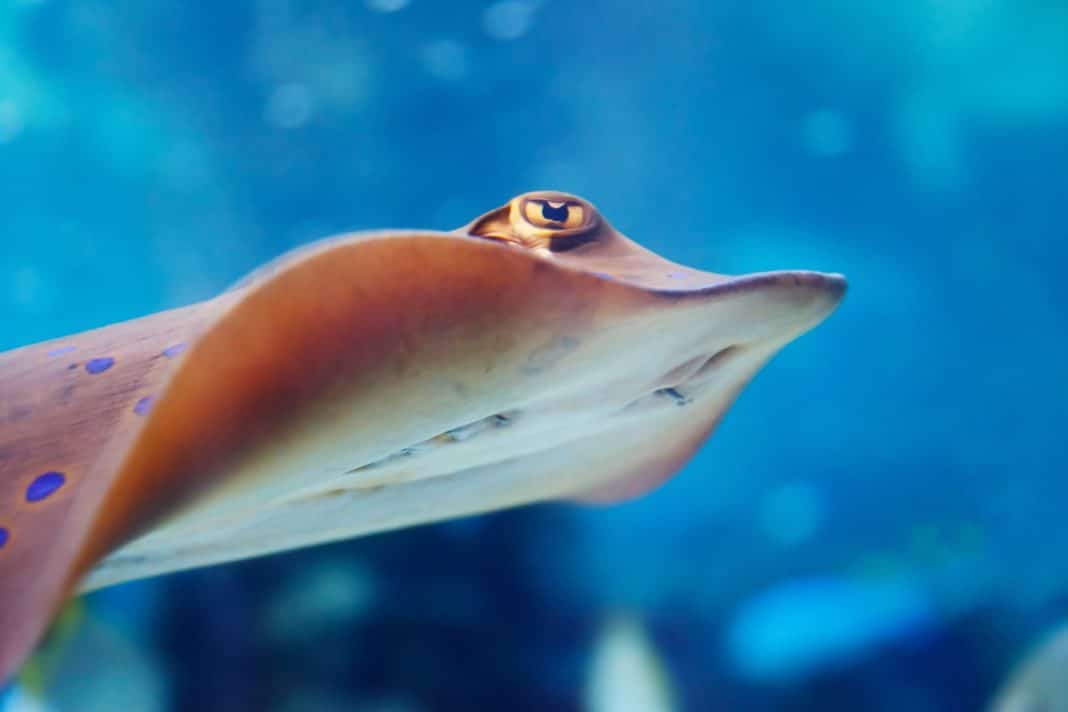Two joint proposals from the Santa Pola Marine Research Centre (Cimar) of the University of Alicante (UA), the University of Murcia (UMU), the Spanish Institute of Oceanography (IEO-CSIC) and the Cartagena Oceanographic Research Institute (CORI), have successfully designated the coastline from Alicante through Murcia to become a shark and ray conservation area due to its ecosystem and scientific importance.
The proposals have been accepted by the International Union for Conservation of Nature (IUCN), the first systematic mapping in history of important areas for sharks and rays in the Mediterranean.
Researchers have managed to demonstrate the relevance of these areas for the survival of this group of species in the Mediterranean after arduous months of research work, information collection and scrutiny by a panel of external experts. So much so that of the more than 110 initial ISRA proposals, 65 have been accepted throughout the Mediterranean.
The approved ISRAs include the Murcian coastal strip from San Pedro del Pinatar to Calblanque and a deep sector between the south of Alicante and the Seco de Palos.
The proposal for the shallowest area, located between San Pedro del Pinatar and Calblanque, has been led by María Pozo-Montoro, researcher in the Marine Ecology and Conservation Group of the UMU and responsible for the coordination of both proposals. The coastal strip that goes from land to 80 metres deep and that includes the marine reserve of fishing interest of Cabo de Palos – Islas Hormigas, has been evident thanks to the citizen collaboration of divers, fishermen and bathers of the zone. Her photos have been fundamental in demonstrating the importance of the area as a breeding and aggregation area for rays that have disappeared in other enclaves of the Mediterranean and are in critical danger of extinction, such as the guitarfish, the mantelina, the common eagle and the stingray.
On the other hand, the second proposal has been led by Professor Francisca Giménez Casalduero, professor of Zoology and director of the Cimar (Marine Research Centre of Santa Pola) at the University of Alicante. This area ranges from 300 metres to 800 metres deep and includes mountains and unique underwater formations such as Seco de Palos or El Planazo and a field of pockmarks, depressions in the seabed resulting from gas emanations and the escape of fluids generated due to the volcanic activity in the area. This space is especially relevant as a breeding area for deep-sea sharks such as the hairy lantern shark and is an aggregation area for the star ray, a species endemic to the Mediterranean.
The main objective of the ISRA is to put on the international map those key areas for the survival of these species that are at risk of disappearing in the Mediterranean in the absence of immediate action. However, they are not a management figure and therefore do not carry any regulations for the protection of the species involved. “This is the first step to ensure that this area continues to be an oasis for sharks and rays in the Mediterranean,” the researchers highlight. “This information is more relevant than ever as we approach 2030, the date on which the countries of the world, including Spain, have committed to protecting at least 30% of their seas,” they add.
Despite the undeserved bad reputation of these species, scientific data shows that more than 50% of shark and ray species in the Mediterranean are at high risk of extinction due to overfishing. The consequences of the disappearance of sharks and rays from the oceans offer an unpredictable scenario with possible impacts on human activities, due to the important role they play in the ecosystem. Sharks and rays have a decisive influence as predators at the top of food webs, as well as the maintenance of the structural diversity of marine ecosystems. The areas studied have proven to be a hot spot for the diversity of these animals, as well as a refuge for some of the last individuals of these species in the Mediterranean.





